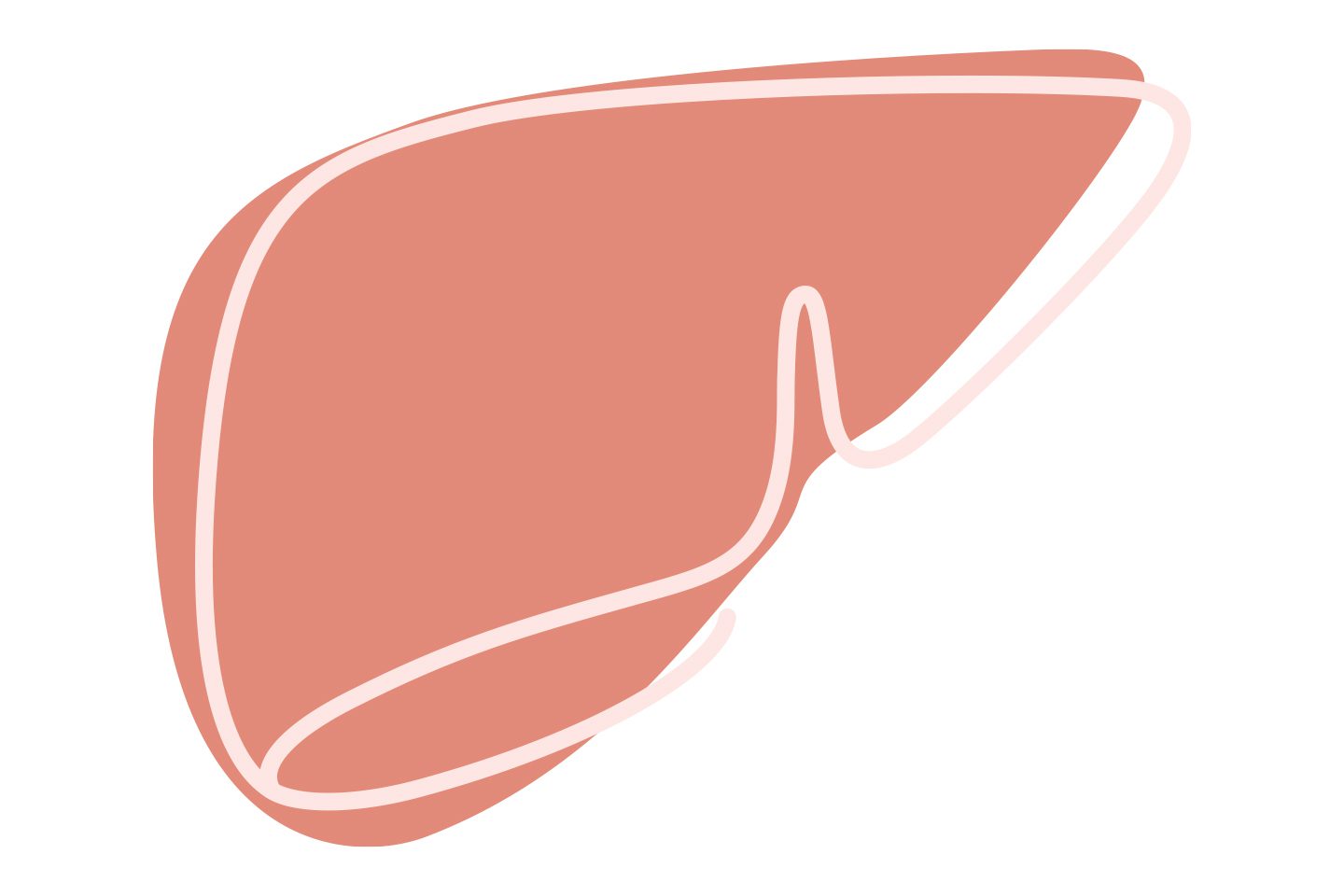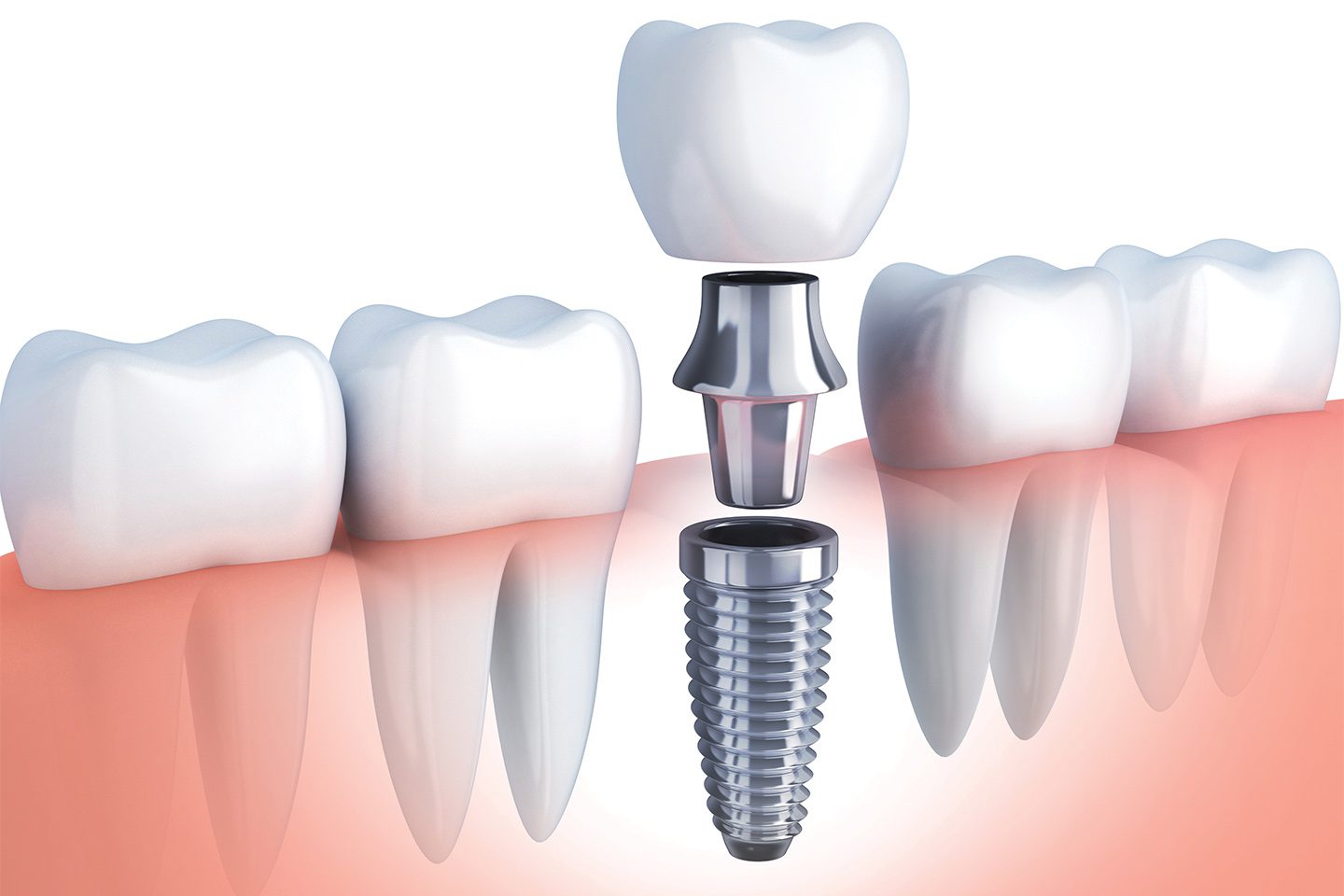Advice from Area Health & Wellness Professionals
Q. Hernias are in my family history. Is there anything I can do to reduce my risk?
A. Like most other medical problems, genetics likely plays a part in the structure of your abdominal wall fascia. Pronounced “fah-sha,” this is the connective tissue casing around our muscles that gives our abdominal wall strength. While you can’t change genetic factors, there are steps you can take to decrease your risks of hernia formation. Weight control, diabetes management, and avoidance of nicotine-containing products can all help. Chronic constipation and coughs also stress your abdomen and should be managed. To further reduce your risk, think of your abdominal wall like you do one of your joints or your back. Like our joints, the abdominal wall absorbs the stress of the active things we do. Decreasing the stress on your abdominal wall by avoiding improper lifting, exercise, or sport can help.
Q. My father is going in for some gum grafting to prepare him for a dental implant. What is the procedure and recovery like?
A. There are several different types of gum grafting for dental implants. In general, preparation should involve having a healthy immune system and a clean mouth. After the procedure, there is a variety of responses depending on the type of gum grafting utilized. Some of the newer materials involve much less post-operative pain than the traditional gum grafting approaches. Sutures are generally needed, and most patients will need just a day or two off from work. Recent advances not only in surgical techniques, but also in growth factors and tissue engineering have allowed for improved surgical outcomes, with less post-operative pain and discomfort. We are now able to completely regenerate lost bone and gum tissue in many cases. This makes the entire experience more predictable and longer-lasting, with an easier post-surgical recovery.
Q. I’m interested in doing something to improve the appearance of my sun-damaged skin. What are my options?
A. Living as we do here in the Sun Belt, dealing with sun-damaged skin is a very common issue. Preventing damage with sun avoidance, quality sunscreen (with frequent reapplication!), topical vitamin C, and use of UPF clothing is a must.
What about turning back the clock on accumulated UV damage? Fortunately, there are many treatment options for those of us who wish to revitalize and repair sun-damaged skin. For pigment correction and fine lines, I like chemical peels such as the new PRX-T33 series (safe on virtually all skin types) and the VI peel. For texture and elasticity, collagen induction using serial microneedling with platelet-rich plasma (PRP) is a very safe and effective treatment. For more severe sun damage and wrinkling, we use a fractional ablative CO2 laser and a new plasma-based energy device to tighten skin and erase wrinkles without the need for surgery. With so many treatment options available, it is imperative to seek out a specialist to educate and guide you on the best rejuvenation options for your particular skin issues.



Q. I used to think that liver disease only occurred due to alcohol abuse, but surely that’s not the only cause. What are some other things that can lead to liver disease that I should watch out for?
A. While most people believe that the main cause of liver disease is due to alcoholism, the leading cause of liver disease is actually diabetes. Over 50% of patients with type 2 diabetes have a fatty liver and some form of liver damage. The second leading cause is obesity. Alcoholism is the third leading cause, followed by hepatitis C. Those with type 2 diabetes or a BMI over 30 have a higher risk of developing a fatty liver, and approximately a third of these patients have some form of liver damage. There are two non-invasive methods to check your liver health: a blood test and a fibro-scan. If you have a family history of liver disease or are concerned about your liver health, please talk to your primary care provider.
Q. I’m tired of being self-conscious about the spider veins on my legs. What kind of treatments are available?
A. More than half of all women and men will develop spider veins, some as young as their teens. They are considered to be a cosmetic issue as they generally do not produce symptoms like varicose veins do. However, sometimes venous ultrasound is recommended to ensure there aren’t further issues within your veins before treatment. If you have spider veins that you would like to have eliminated, we generally recommend sclerotherapy or laser treatment. Sclerotherapy involves a liquid or foam that is injected into the problem veins to cause them to close and collapse, eventually disappearing. Laser technology enables the effective treatment of unsightly veins by causing the vessels to collapse through coagulation with very minimal damage to adjacent structures. Often, we find the best treatment strategy is a combination of these two treatments.






